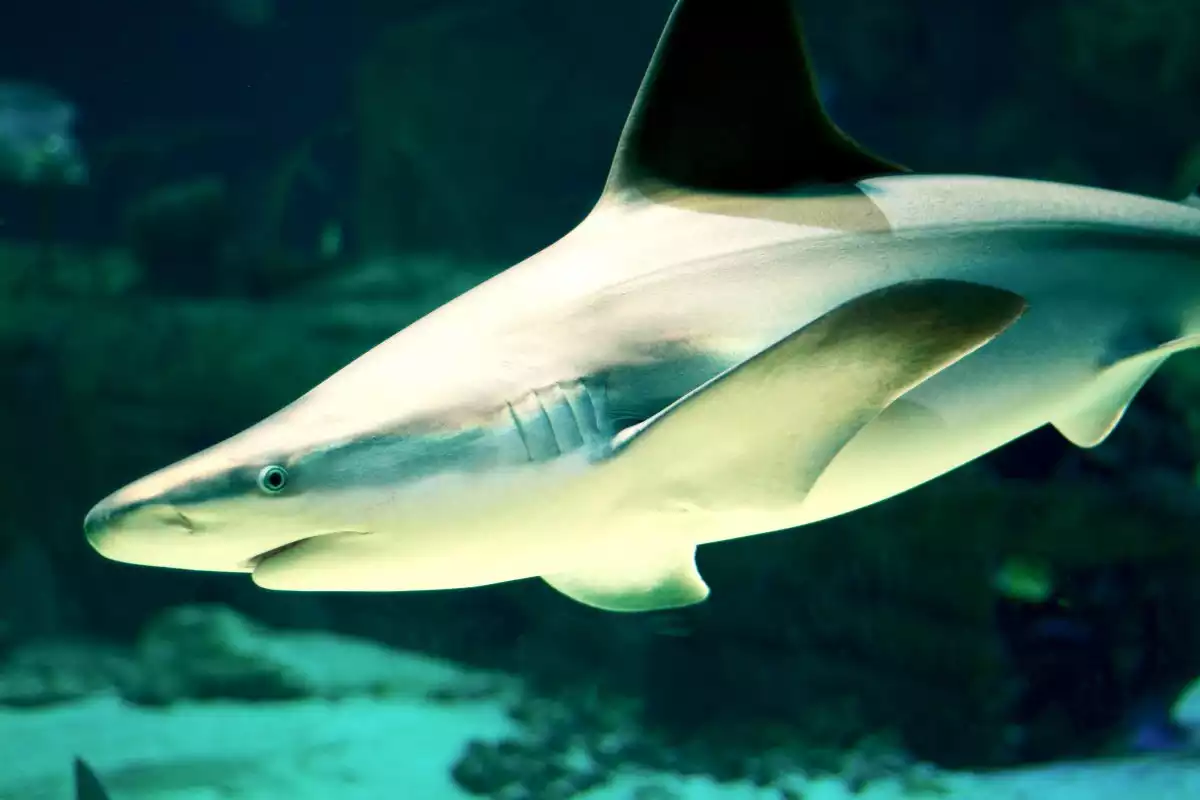
Planet Earth is home to incredible types of ecosystems, and each one represents a habitat for life forms that have evolved in it for millennia.
In this article, we aim to analyze the characteristics of nine main types of ecosystems (also called biomes): forests, shrublands, grasslands, tundra, desert, artificial ecosystems, freshwater ecosystems, and marine photic and aphotic biomes.
What are the different types of ecosystems?
The term "ecosystem" refers to a community of living organisms interacting with their surrounding environment. Flora and fauna of a specific area are called biocoenosis or biotic community, and we use the term biotope to designate the region of a habitat associated with a particular ecological community.
The living and nonliving components that make up an ecosystem interact with each other through nutrient cycles and energy flows.
There is a great variety of types of ecosystems in the world, and it would be difficult to answer the question "How many types of ecosystems are there?" due to the numerous classification systems that exist and place ecosystems in different subdivisions.
We have aimed to encompass all the main types of ecosystems, both terrestrial and marine, leaving out the aerial ecosystem due to it being more complicated to categorize.
It is worth mentioning that we also have hybrid ecosystems such as swamps, which can be viewed as a combination of a terrestrial and an aquatic ecosystem. The same applies to mangroves, marshlands, reed beds, and floodplains.
Terrestrial biomes
Forests, both temperate and tropical, are among the most important terrestrial ecosystems in the world, together with shrublands, grasslands, tundras, deserts, and artificial ecosystems.

1. Forests
Forests are the essential types of terrestrial ecosystems due to their vast biodiversity. Among forest biomes, we can name jungles, coniferous forests (spruce and pine), and taiga (also called boreal forests).
Certain classifications divide the primary forest ecosystem into two subcategories: temperate coniferous forests (Europe and North America), and humid tropical forests (Brazil, Indonesia, and Congo ).
2. Shrubland
Shrublands are terrestrial ecosystems dominated by shrubs, also called woody plants. When the majority of the plant life is made up of thorny bushes, like cacti, then they are called xerophytic scrub - any plant adapted to live in a dry habitat. Lastly, alpine shrublands are denominated using the term “páramo.”
3. Grassland
Grasslands are terrestrial ecosystems typically in semi-arid places, made up almost entirely of grasses (Poaceae). The prairie, the savannah, and the steppe are thee types of grasslands associated with cold-temperate climate, dry climate, and tropical climate respectively.
4. Tundra
The tundra is a cold and wet type of ecosystem that has a layer of permanently frozen ground below the surface, called permafrost. These harsh weather conditions mean that trees are unable to grow here and the natural flora is composed of shrubs, sedges, grasses, mosses, and lichens.
5. Desert
Due to limited rainfall, flora and fauna of desert areas are very limited which makes sustaining life extremely difficult.
The most known deserts are located in subtropical areas - such as Sahara, Namib, and Gobi, although they can appear in other types of climate as well.
6. Artificial ecosystems
The concept of "artificial ecosystem" refers to all areas where development was possible due to human intervention. Densely populated areas such as cities and farms are good examples of human-made ecosystems, as well as ponds, and artificial forests.
Aquatic biomes
Aquatic ecosystems are the largest of all ecosystems and cover almost 71% of the Earth's surface. As opposed to terrestrial biomes, the different types of aquatic ecosystems stand out because their biotope, a portion of a habitat, consists of a large body of water. This includes oceans, seas, rivers, lakes, and other freshwater and saltwater sources.

7. Freshwater
Freshwater ecosystems are comprised of rivers, lakes, bogs, mineral springs, and other places where area pools - for example, in the bark of individual trees or plants that sustain other life forms.
8. Marine - photic zone
This type of biome - such as beaches, coastlines, open seas, estuaries, coral reefs and atolls (a ring-shaped reef or island), forms in areas where the water is shallow - less than 200m, and the sun rays reach far enough to enable the photosynthesis process in plants - hence the name photic zone or sunlight zone.
9. Marine - aphotic zone
Contrary to the previous type of ecosystem, the extreme depths in aphotic zones makes photosynthesis impossible due to little or no light; even oxygen levels are too low to sustain much plankton. Areas from 200m downward into the ocean floor and oceanic trenches are examples of such biomes.
References:
Odum, E. P. (1971). Fundamentals of Ecology (3rd Ed.). New York: Saunders.
Sagoff, M. (2003). The plaza and the pendulum: two concepts of ecological science. Biology and Philosophy, 18(4): 529-552.
